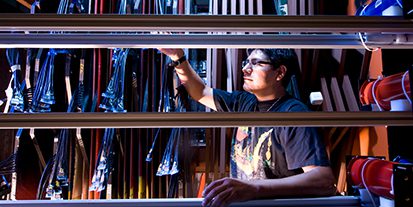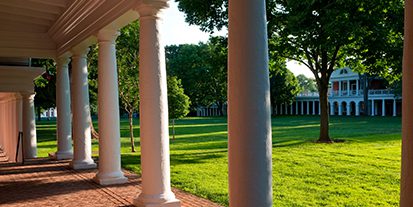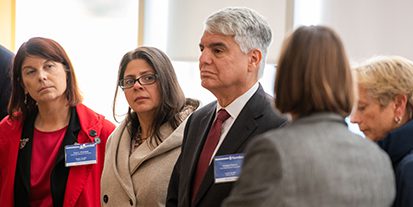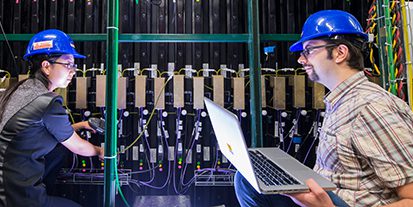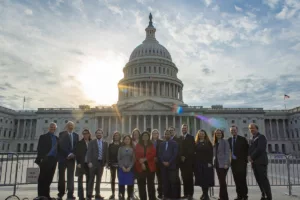July 19, 2022
Ohana Benevides Rodrigues did not initially think she would pursue a career in physics until realizing physics is simply understanding the way our world works.
“Physics is all about observing the world around you and applying some math to try to better understand how to test it,” said Ohana Benevides Rodrigues, a physics doctoral student at Syracuse University.
At first, Rodrigues had difficulty with math since her primary school in Brazil lacked a math teacher, putting her behind in the subject. Nevertheless, Rodrigues math skills improved thanks to a high school physics teacher that helped Rodrigues see her potential.
“I would have bad physics grades because I couldn’t do the math, but I could describe the physics well with words,” Rodrigues said. “So, she started to fill in more time to fill in the math gaps. By the end of the year, I was the best physics student in the class, and I got very passionate about it.”
Ohana Benevides Rodrigues
Rodrigues curiosity encouraged her to pursue a bachelor’s degree in physics from the State University of Campinas (UNICAMP) in Brazil. During her undergrad, Rodrigues had the opportunity to work at Fermilab as an intern through a partnership between her home institution and the lab. The internship allowed her to work on the 35ton prototype and DUNE experiment for six months in 2014. She continued onto her master’s degree in physics at the Federal University of Goias and served as a research fellow for Fermilab’s LArIAT experiment.
From there, Rodrigues decided to pursue a doctoral program at Syracuse University to better understand the ambiguous and complex world of neutrino physics.
“At first, I actually resisted doing neutrinos,” Rodrigues jokes. “I wanted to do particle astrophysics.”
However, her passion for learning about the subatomic particle grew overtime and when it did, it set the trajectory for her research.
“Neutrino physics is really fascinating so, once I got into it, I couldn’t get out,” Rodrigues said.
During her fourth year as a doctoral student, Rodrigues began to focus on the MicroBooNE experiment which required her to move to Fermilab full-time. To relocate, Rodrigues needed funding which led her to apply to the Universities Research Association’s (URA) Visiting Scholars Program in the Fall of 2020. The URA Program’s Review Panel awarded Rodrigues a stipend for twelve months for her research proposal titled, “Feasibility Study for Muon Decay at Rest (µDar) Neutrinos Cross-section Measurement in MicroBooNE and Hardware Activities in SBND”.
“It has allowed me move to Fermilab in the middle of a pandemic to do those big projects,” Rodrigues said about how the Program has impacted her and her ability to carry out research.
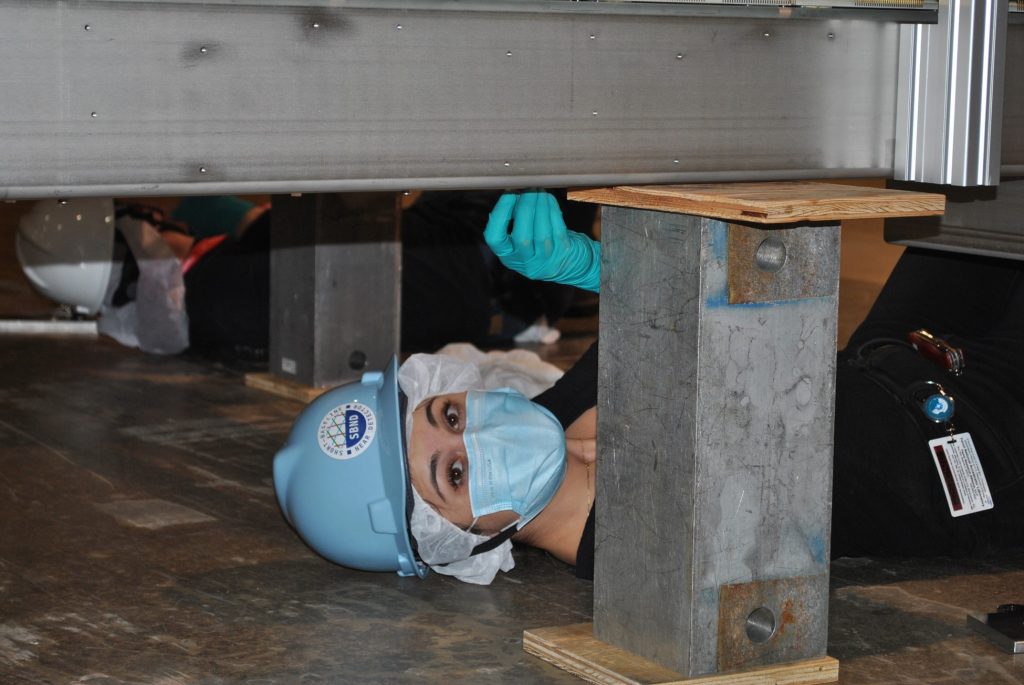
Rodrigues’ Visiting Scholars Program award enabled her to work with colleagues on how to observe low energy µDAR neutrino signals with MicroBooNE. “What I am doing to test the low-energy reconstructions techniques is to use MicroBooNE and some low energy part of our beam spectrum that we never look at. And, trying to see how this reconstruction goes and extract what we call a cross section,” Rodrigues explains.
She hopes being able to detect µDAR neutrinos in MicroBooNE will help prepare DUNE for a potential supernova in our galaxy which will allow researchers to better understand stars.
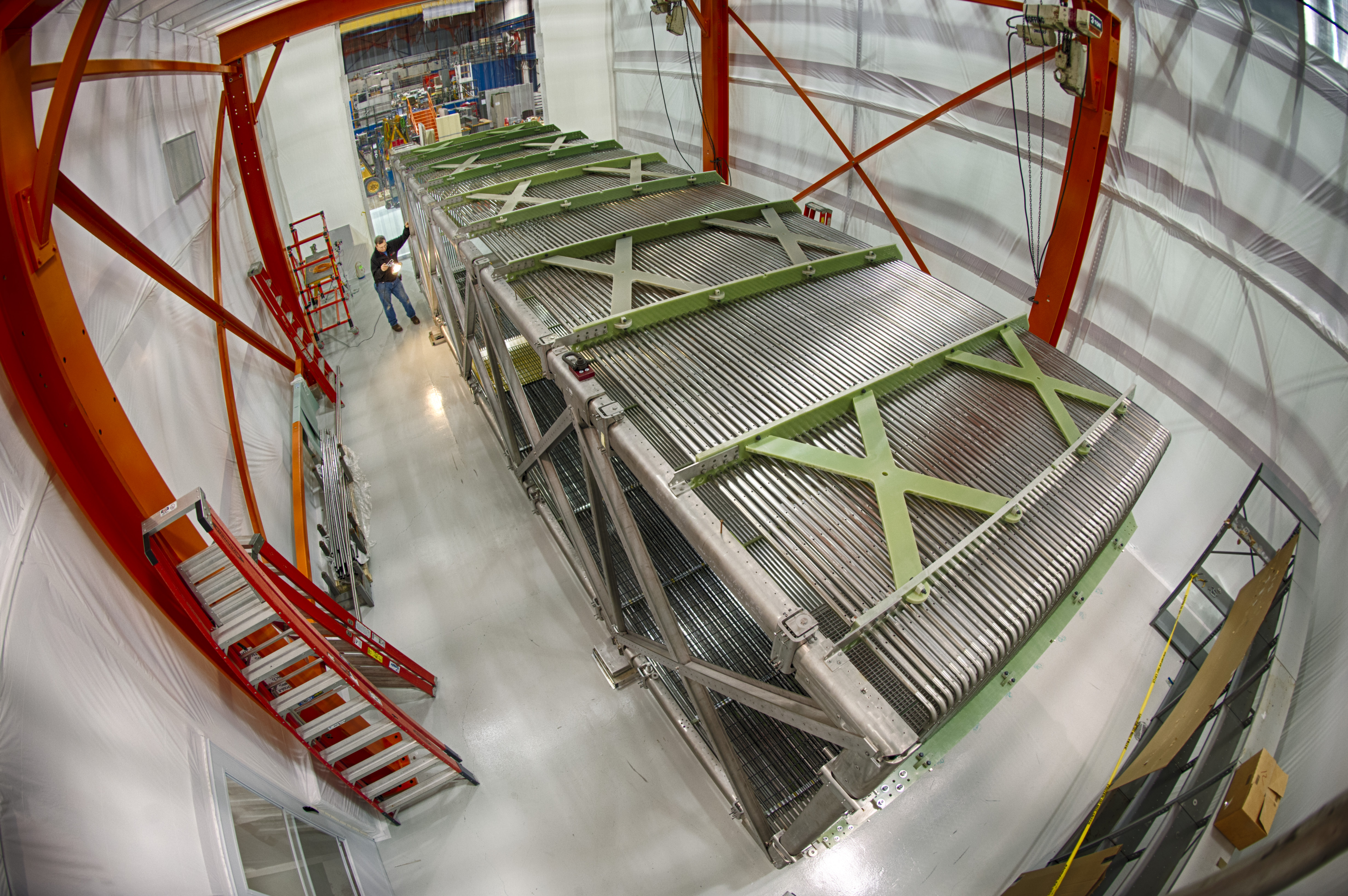
“When supernova happens, a big part of the energy of the explosion is released in the form of very low energy neutrinos,” Rodrigues said.
In addition to MicroBooNE, Rodrigues took part in the hardware assembly of the Short-Baseline Near Detector (SBND) Liquid Argon Time Projection Chambers (LArTPCs) during the Visiting Scholars Program. This included the installation of anode planes, the rectangular frames placed along the Liquid Argon Chamber, which Rodrigues recalls was her favorite part.
The URA Visiting Scholars Program also allowed Rodrigues to conduct research that contributed towards her dissertation titled, “NuMI µDAR nue CC Detection in MicroBooNE”. Rodrigues was able to complete the first part of her project which included adjusting MicroBooNE to measure low energy µDAR neutrino signals.
“We had to start everything from scratch,” Rodrigues recalls. “All of the software structure that MicroBooNE had to be able to see higher energy neutrinos; we had to go back and redo it right for our energy range.”
Rodrigues jokes how she feels like she is carrying on a tradition as the third URA Visiting Scholar under her advisor Dr. Mitchell Soderberg. She joins Dr. Avinay Bhat and Dr. Jessica Esquivel as part of the Visiting Scholars Program alumni from Syracuse University under Dr. Soderberg. In fact, Bhat’s research with MicroBooNE and MeV-scale reconstruction techniques within MicroBooNE helped create the blueprint for Will Foreman whose work Rodrigues is currently using.
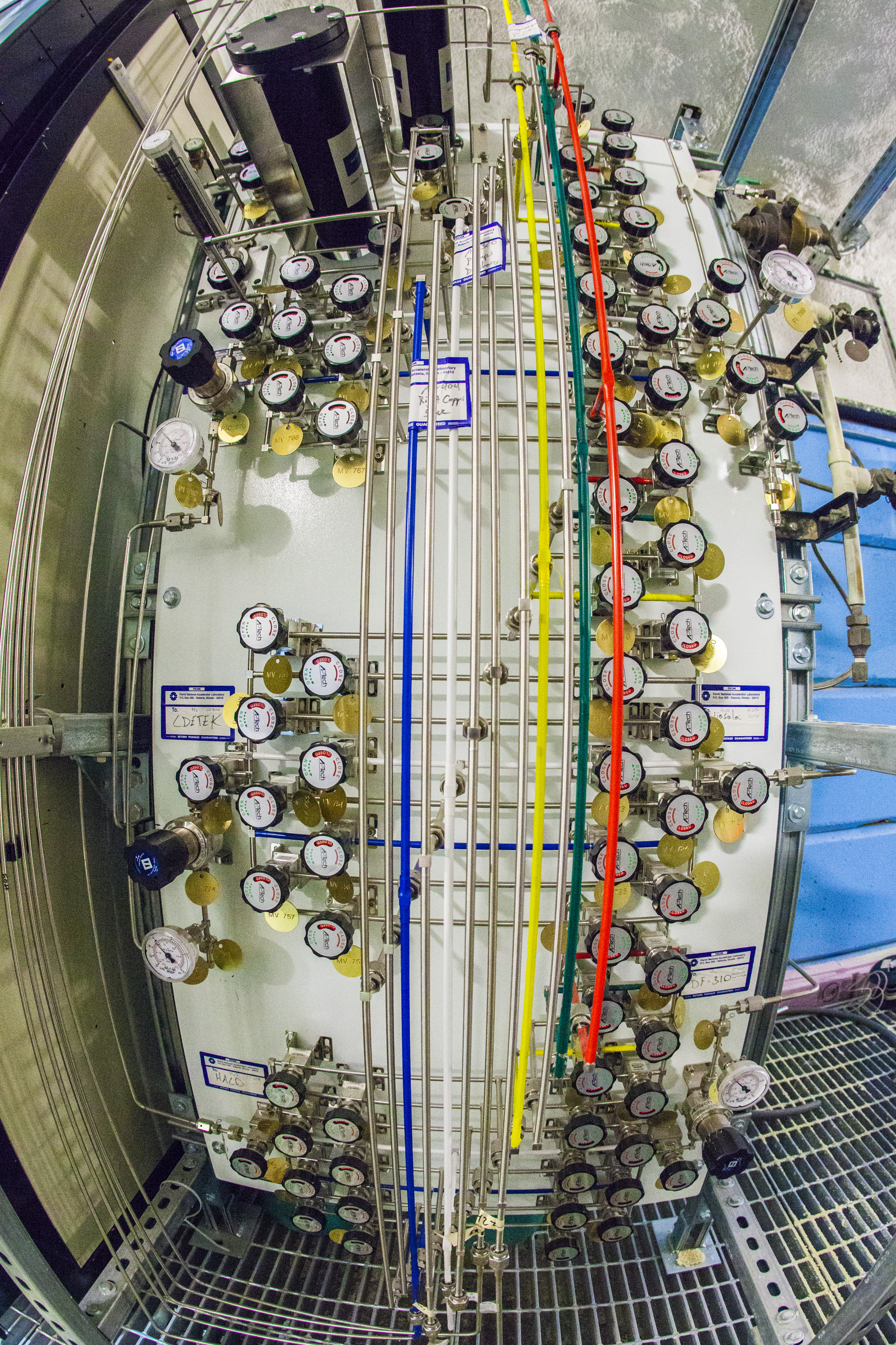
In addition to being one of the three Syracuse Visiting Scholar awardees, Rodrigues sees herself as part of a much larger science community.
“I am one of those people that believes that everyone is a scientist because when we are little, we test things,” Rodrigues explains. “We test the world around us and if one thing doesn’t work, we try things again and we flourish. And, eventually, we are discouraged to do it and people stop doing it, but scientists are just the kind of people who keep doing it forever.”
Rodrigues strong affinity for physics has opened many avenues for research opportunities including the URA Visiting Scholars Program. She continues to be a lifelong learner and hopes to encourage others to do the same as a faculty member in the future.

